Flamingos on Lake Magadi
In the hot barren landscape of Lake Magadi the Flamingos prosper on the algae rich waters. Thousand of the birds are feeding in the swallow waters.
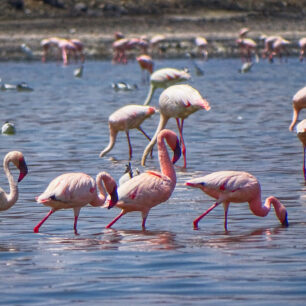
In the hot barren landscape of Lake Magadi the Flamingos prosper on the algae rich waters. Thousand of the birds are feeding in the swallow waters.

Large herd of zebras on the outskirts of Amboseli park with Kilimanjaro as a imposing backdrop that frames how small the animals are in context to the landscape.
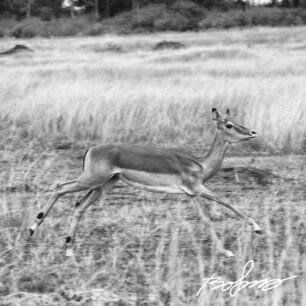
The Swahili word for gazelle is swara. A sweet sounding word fully fitting for the fast and agile.
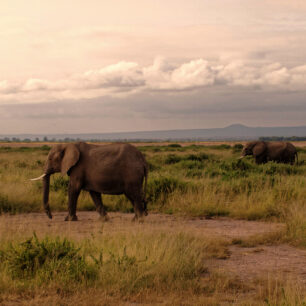
Up before the sun is rising on the horizon and you are more than likely to get some great shots as the light constantly changes and life slowly emerges on the savanna.
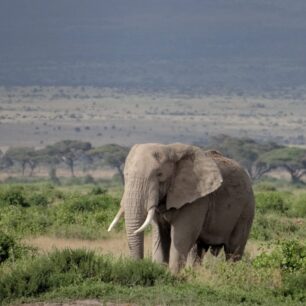
The massive Mt. Kilimanjaro is the backdrop for this old elephant standing in the Amboseli park.
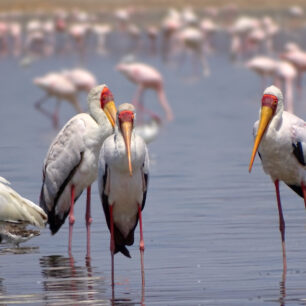
Lake Magadi on a hot afternoon. Yellow Billed Storks are standing in the simmering heat, beneath them the lake is brimming with algae and small fish. Behind the Storks the Flamingos are feeding on the nutritious algae that are abundant in the swallow waters.
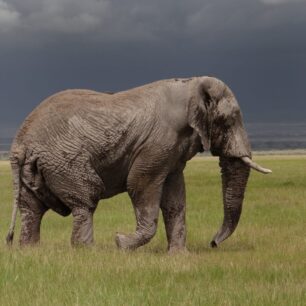
The Amboseli National park is the place to marvel at the great herds of elephants that still migrate in East Africa.
With the backgroud darkened by the massive Mt. Kilimanjaro a old elephant is walking on the great grass plains.
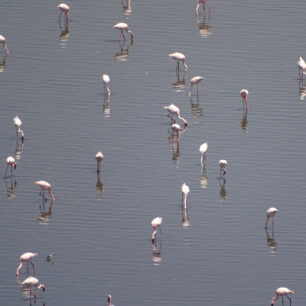
Flamingos reflecting of lake Magadi. Near the border to Tanzania in what can be described as lake in the middle of a desert. The area is extremely arid with very little vegetation, a tough environment where only the birds seems to thrive.
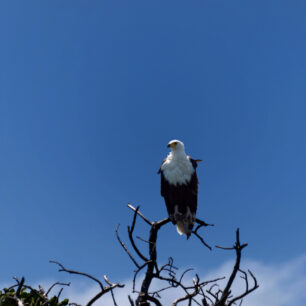
Sitting high above our little boat this beautiful Fish Eagle was perched on a branch on the edge of the mangrove swamps covering parts of Funzi island.
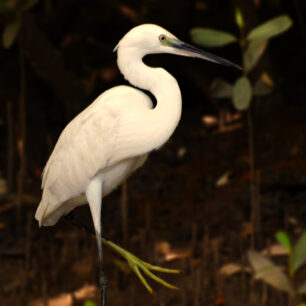
In the dense mangrove swamps of southern Kenya you will find a diverse and rich selection of birds living off the prey in the water. Here a beautiful image of a Little Egret.
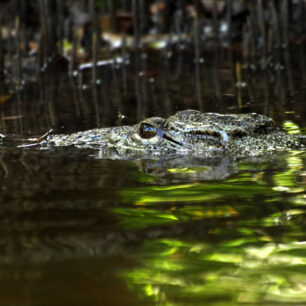
Behind Funzi island inside the dense mangrove swamps you can find some small shy saltwater crocodiles. Their diet is fish and it can be difficult to spot these small creatures especially when they are resting inside the dense mangrove roots and branches.